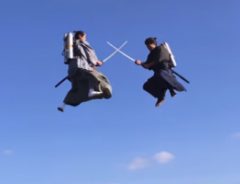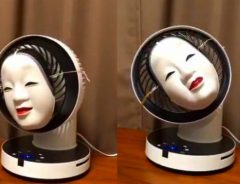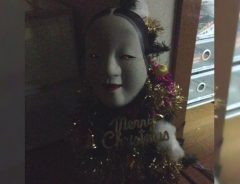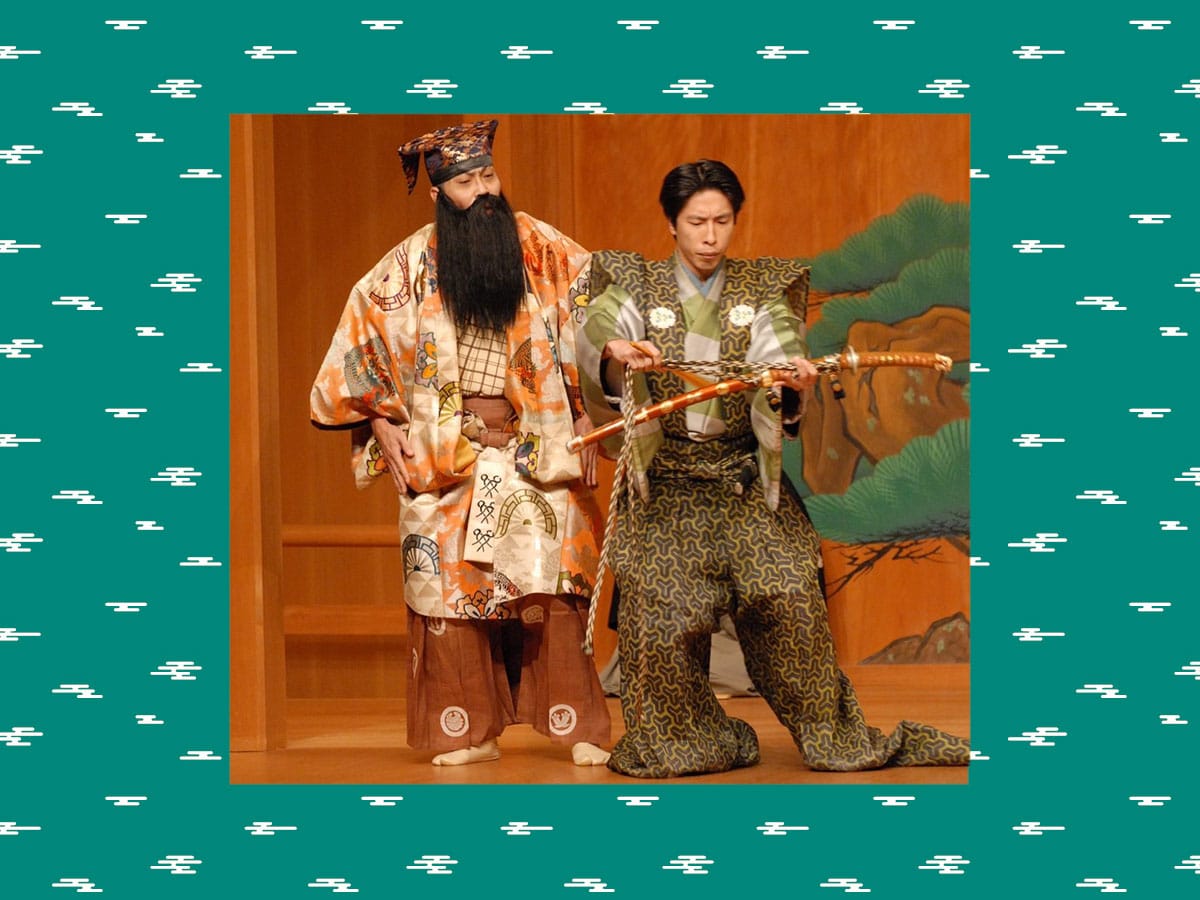Related Article
-

Japanese Jet Pack Samurai Engage in Airborne Sword Fight in Viral Video
-

Yasukuni Shrine’s ‘Yozakura Noh’ sees evening performances held under sakura
-

Japanese Noh Mask Attached To Circulating Fan Chills The Room In More Ways Than One
-

Noh Joke: You Can Get The Full Noh Theater Experience As One Of The Actors
-

‘Ryūseitō’: The Story of A Meteor Sword Christened by ‘The Last Samurai’ Takeaki Enomoto
-

Japanese Twitter User Turns Christmas Tree Into Terrifying Holiday Masterpiece



Paul Martin, for JAPAN Forward
Someone once said that studying the Japanese sword is one of the quickest ways to get a profound understanding of Japanese culture.
Many specialists of other subjects may disagree, but the sword of Japan crosses over into many other aspects of Japan culture, whether as ritualistic religious tools or symbols, various performance arts, part of the mythological origins of Japan, and of course the many fables and samurai war tales.
Noh
Many people who are familiar with Japan may be aware of the famous performance art of Noh theater. It is said to date back to the 14th century. It consists of very flamboyant productions with masks and bright costumes. Noh plays that center on famous swords are:
Kokaji
Among the Noh plays is one called Kokaji, the story of the master swordsmith, Sanjo Munechika, who is commissioned by the Emperor Ichijo to make a sacred sword. However, Munechika needed an excellent hammer man in order to make the sacred blade. He then went to the Inari shrine at Fushimi Inari Taisha (Kyoto) and prayed to the gods for help.
Ukiyo-e print of Kokaji by Utagawa Kunisada. | © JAPAN Forward
Shortly after, a young boy appears and persuades Munechika to let him help by regaling him with tales of Chinese legends and the heroic Prince Yamato Takeru. Munechika eventually agrees. The young boy then tells him to prepare and disappears, only to return transformed into the fox god himself, Inari, and helps him to forge the blade.
On completion, the blade is called Kogitsune-maru and inscribed Kokaji Munechika on the obverse, and Kogitsune on the reverse of the tang. It was passed down between the Fujiwara families until the late Kamakura period, when its whereabouts became unknown.
Written by Japan ForwardThe continuation of this article can be read on the "Japan Forward" site.
The Role of the Japanese Sword in Noh and Kyogen